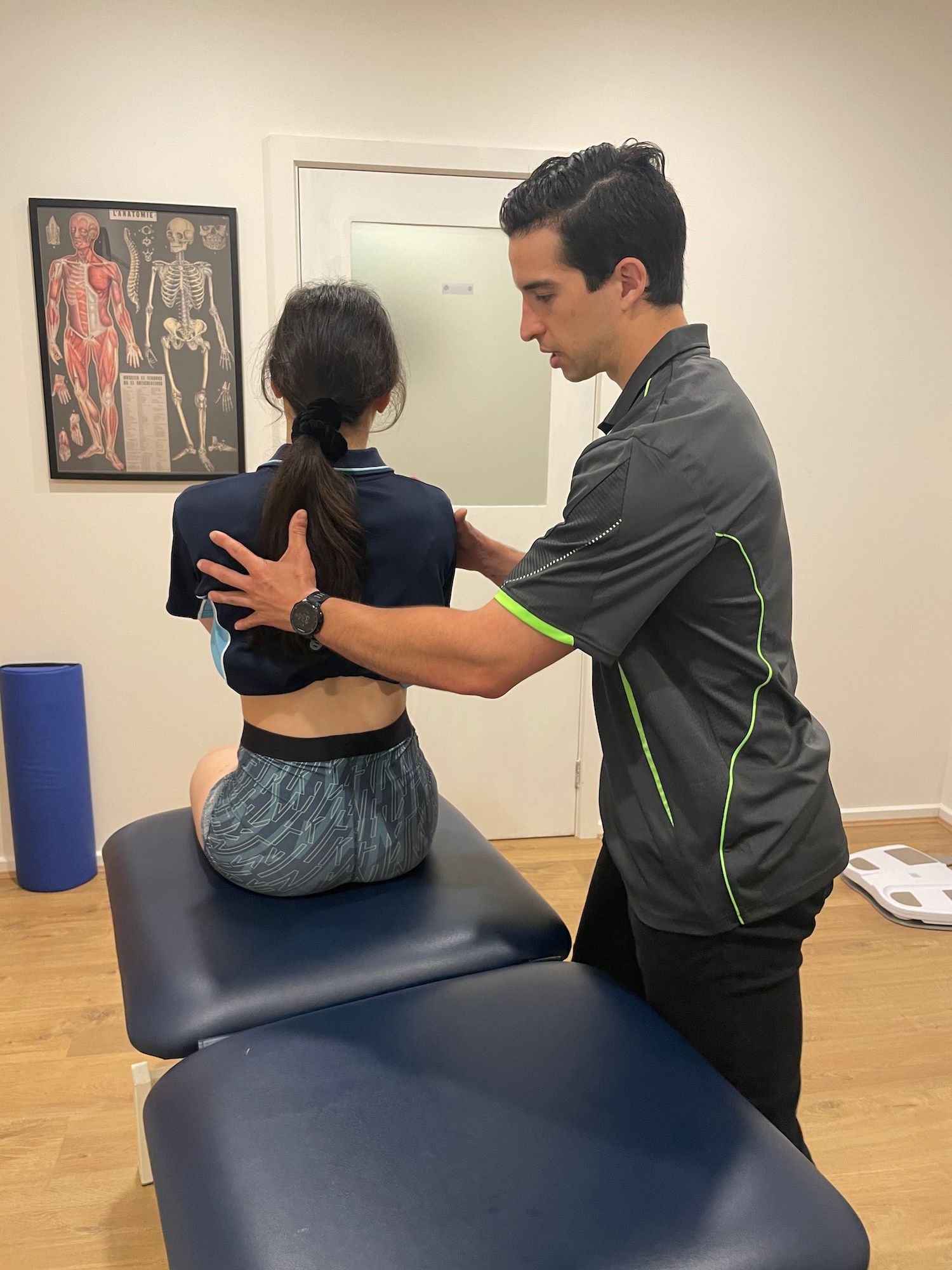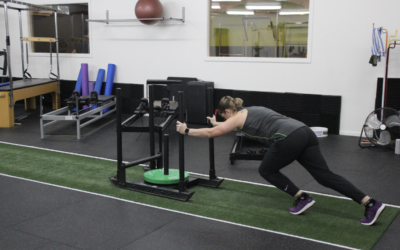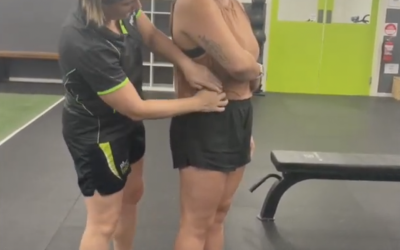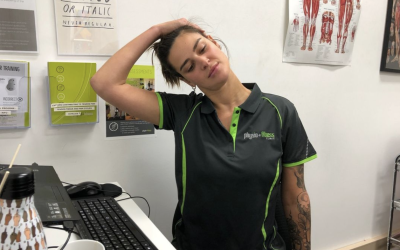Have I slipped a disc?

Have I just slipped a disc? Oh no!
Fear not! It isn’t the end of the world.
Throughout our lives, we put our spine under pressure with everyday occurrences like household chores, sport, work, weight gain and direct trauma.
This can cause the jelly-like disc to slowly, but surely, become more flat and less shock absorbent. Eventually due to wear and tear, they lose their shape and bulge out slightly, which CAN or CANNOT touch the surrounding nerve roots causing irritation and nerve pain.
So, as our bodies start the degeneration process from the time we are in our mid-twenties, coupled with everyday stress and trauma, disc bulges would seem pretty common, yeah? Well, it is…especially over the age of 40, usually in the lower back.
Surprisingly, a lot of people “slip”discs, yet have no symptoms of this whatsoever, simply due to general wear and tear! And so, they go on with their lives- none the wiser!
Yes. That’s right. Bulging discs can have no symptoms.
Just because your MRI comes back positive with a result for a bulge, doesn’t necessarily mean that it is going to be the source of your pain. You may not even know how long you have had it for!
If it does turnout that you have sustained an acute disc bulge, and it is causing you pain, Myotherapy can assist in reducing the associated symptoms, like tight muscles, as well as strengthen the core and the spine using using basic exercises to prevent further postural and mechanical issues.
Symptoms usually hang around for about 6 weeks (depending on each individual case and the things they are doing to assist recovery), but thankfully, not forever.
With this in mind, our bodies are clever and will occasionally tighten the surrounding areas as a safeguard, and this can be managed and released by our fabulous Myos.
– Alli Jennings
Chronic disability secondary to Achilles tendon ruptures
Chronic disability secondary to Achilles tendon ruptures: Mr B is a 40-year-old gentlemen who presented to Physio and Fitness Clinic following a complex history of right sided Achilles related injuries. This included an initial rupture, which was managed surgically,...
Why is Lower Back Pain Associated with Your Hip Flexors?
Lower back pain and hip flexors - how are they related? Sometimes physios will treat the hip flexors when clients present with lower back pain. This is because the hip flexor muscles attach to the front of the lumbar spine and also to the femur bone. These muscles can...
Simple Neck Exercise you Should be Doing Daily
Sore neck, but have no time to go to the gym or see a physio? We have the perfect exercise that can be done from your desk. How is your neck feeling today? Take a minute out of your day and give your neck some much needed relief through stretching. You can even do...



